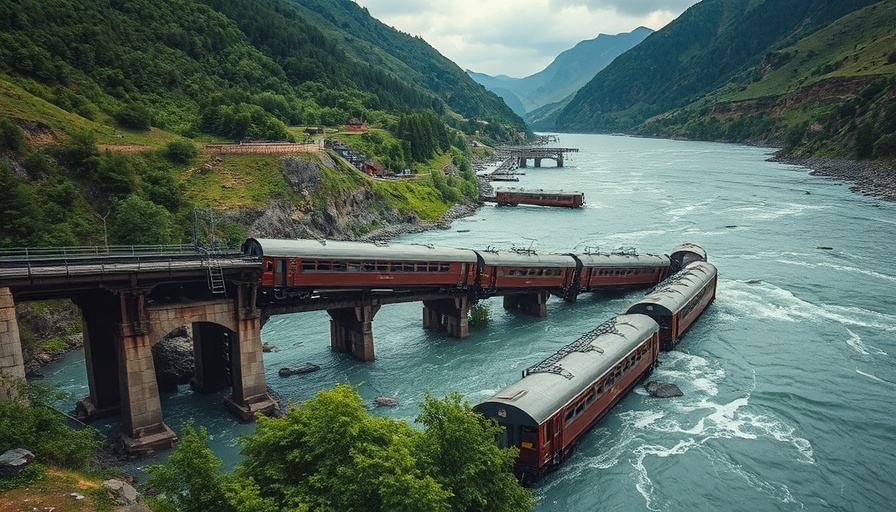
Water Rate Hike: What You Need to Know
Starting January 1, 2026, wholesale water rates in San Diego County will see an increase of 8.3%. While this is a reduction from the previously anticipated hike of 18%, it still represents a significant burden for local residents and businesses already grappling with inflation and rising costs. The cumulative increase over the past two years now stands at 23.1%. Board members of the county water authority expressed frustration over having to impose such measures. "Am I happy about it? No," stated board Chair Nick Serrano. This sentiment reflects the ongoing struggle of local governments to balance operational costs with the financial realities faced by households and businesses.
Understanding the Financial Landscape of Water Supply
The San Diego County Water Authority has faced financial challenges due to miscalculations of demand over the past two decades. Initially, the expectation was that demand for water would grow alongside the county's population. However, as conservation practices took hold and water usage declined significantly, the authority found itself in need of addressing a growing debt burden linked to expanded water delivery systems.
To compound matters, local water agencies typically pass wholesale rate increases onto their customers, magnifying the impact of these decisions. While some districts are likely to impose hikes greater than 8.3%, others may choose smaller increases. This variability can complicate planning for households and local businesses.
The Influence of Recent Settlements
One of the major factors alleviating the expected rate increase was the recent settlement of a lawsuit between the San Diego County Water Authority and the Metropolitan Water District of Southern California. This settlement is anticipated to yield $8.3 million in 2027 and $23 million in 2028. It brings a semblance of stability to future rate predictions, with the authority aiming to protect customers from erratic changes.
In addition, the board members voted to tap into reserve funds next year, which will help delay the necessity for a planned bond issue of $285 million for crucial infrastructure projects. This strategic delay could also insulate future rate increases from market pressures associated with bond issues that would otherwise escalate costs.
What’s Next for Water Rates?
Looking ahead, officials predict that while this rate hike may offer some relief compared to prior estimates, ongoing conservation efforts may continue to affect how much water local agencies procure. Cities like San Diego are pioneering water recycling initiatives that may further alter demand dynamics.
As residents ponder the upcoming changes to their water bills, it's crucial to stay informed about local agency decisions that will ultimately impact their end costs. Understanding the rationale behind these rate adjustments can empower consumers to advocate for more sustainable management of water resources.
Final Thoughts on Water Solutions
Ultimately, the adjustment in wholesale water rates serves as a reminder of the complex interplay between management decisions, environmental challenges, and consumer needs. As these changes take effect in January, local debates about water conservation, sustainability, and fiscal responsibility will undoubtedly continue, emphasizing the need for engaged community members.
 Add Row
Add Row  Add
Add 




Write A Comment